| Fitting the cylinder head cover |

Caution | The studs (M6x70) must be screwed into cylinder head before cylinder head cover is installed. |
| The cylinder head cover is guided by the studs, so that the roller rocker fingers do not slip off the supporting elements. |
|
| –
| Remove sealant residues from cylinder head and cylinder head cover with a rotating brush, e.g. a hand drill with a plastic brush (wear eye protection). |
| –
| Clean sealing surfaces carefully. They must be free of oil and grease. |
| –
| Also prevent dirt and residual sealant from entering cylinder head. |
| l
| The pistons must not be positioned at TDC. |
|
|
|
 Note
Note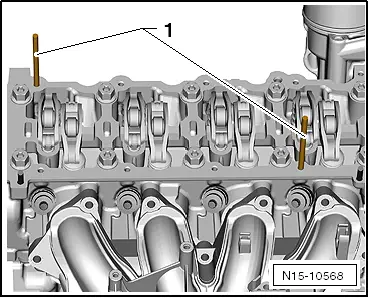
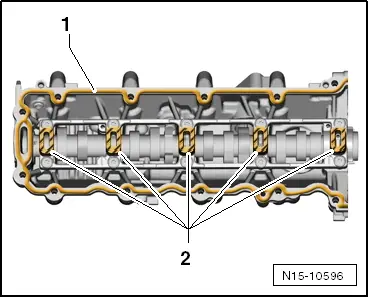
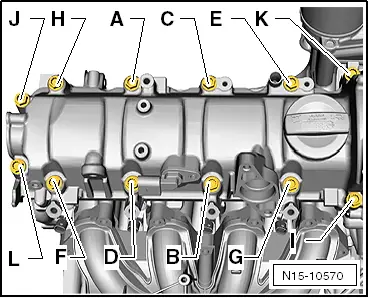
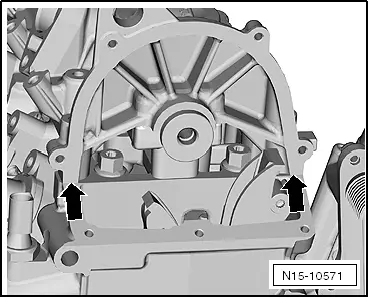
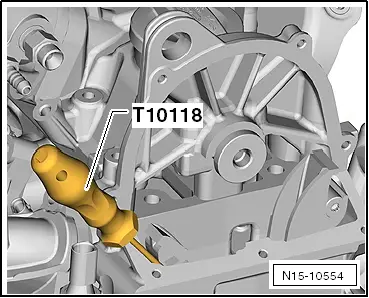
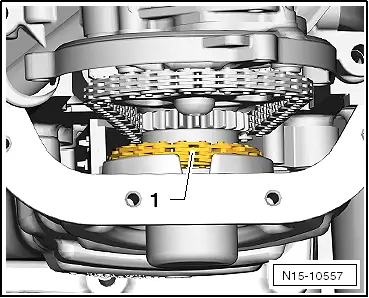
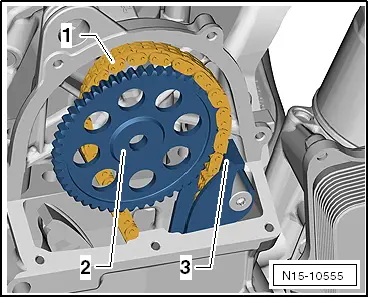
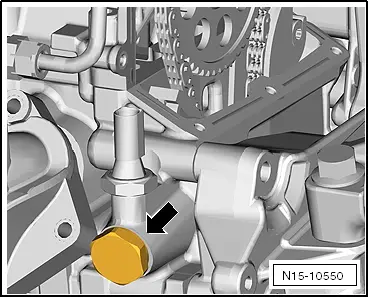
 Note
Note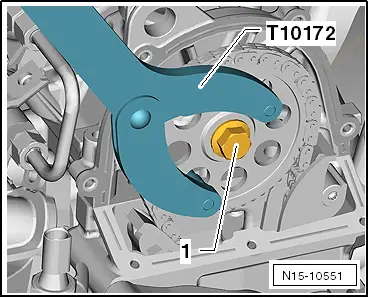

 Note
Note







 Note
Note
